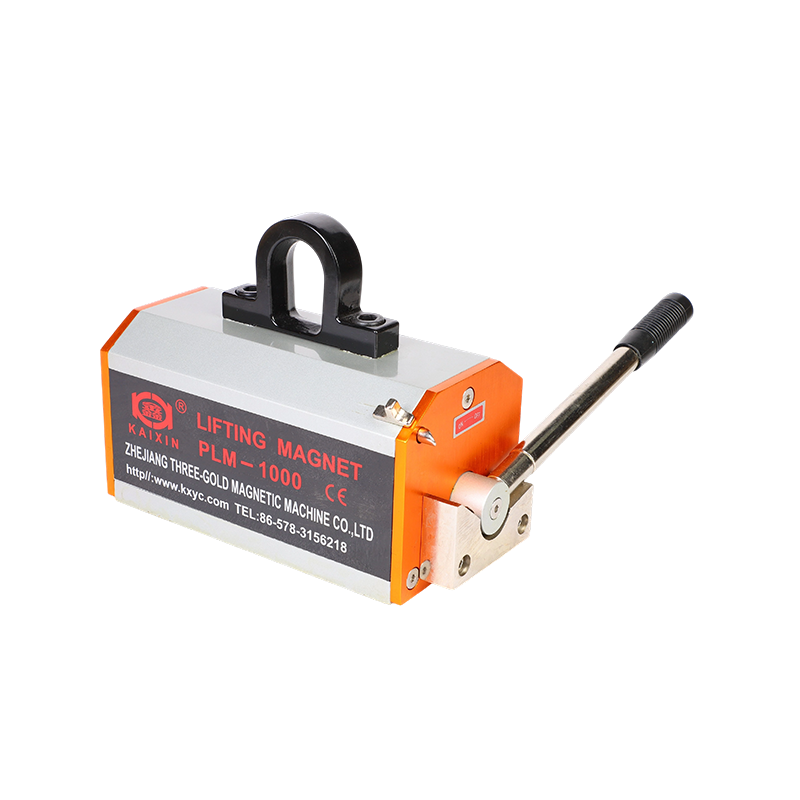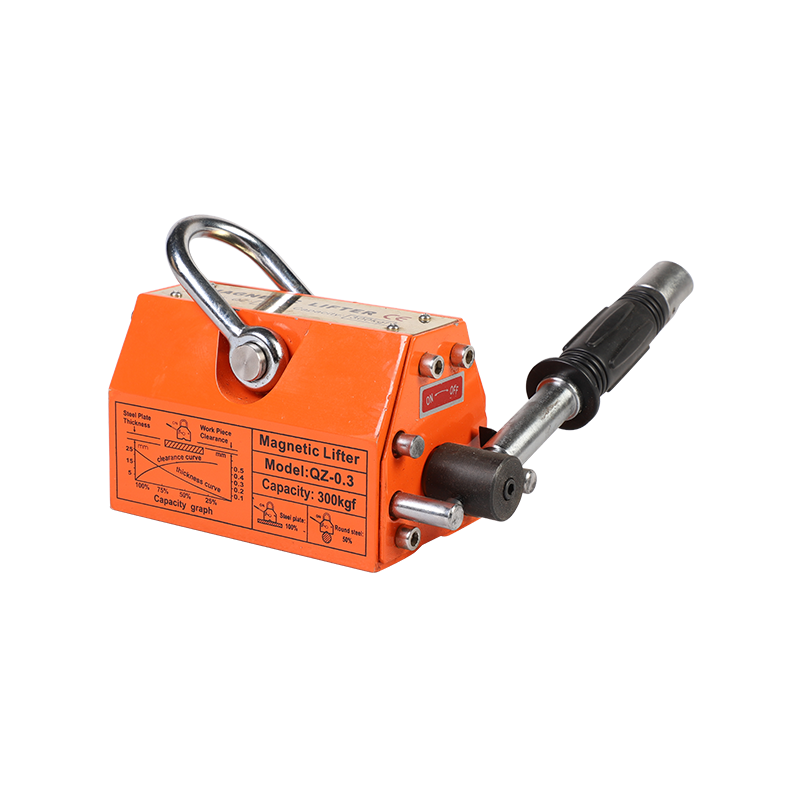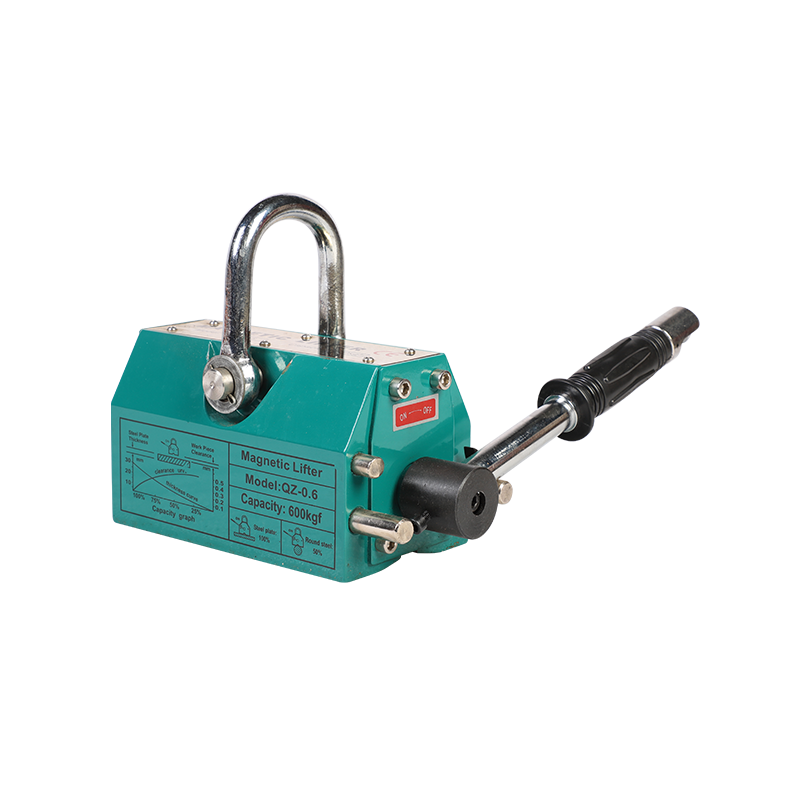Flexibility and Efficiency with Magnet Portable Devices
In modern industrial settings, versatility and convenience are essential. The Magnet Portable tool is specifically designed to meet on-site operational demands where quick access to magnetic force is needed. Whether for positioning, holding, or lifting small ferromagnetic parts, this compact device offers good handling performance without requiring large equipment setups. Due to its lightweight design, it is easy to transport and use across various workstations. Technicians often rely on Magnet Portable units in fieldwork, where traditional magnets would be cumbersome or inaccessible. These tools are frequently utilized in automotive repair, metalworking, and assembly lines. Their simple structure and strong holding force ensure both precision and efficiency, making them a preferred choice for mobile or temporary applications. As workplaces evolve toward more agile and task-specific tools, Magnet Portable options continue to support operators with safety, control, and enhanced productivity.

Power and Control with Industrial Electro Magnet Systems
The Industrial Electro Magnet plays a pivotal role in heavy-duty lifting, material handling, and automation processes. Unlike permanent magnets, it operates using an electric current, which allows users to easily switch the magnetic force on and off. This control provides a significant advantage in fast-paced environments where rapid attachment and release are required. Commonly integrated into cranes, conveyors, and robotic arms, the Industrial Electro Magnet is essential in industries like steel manufacturing, recycling, and shipping. Its ability to lift large steel plates, pipes, and scrap metal with precision makes it a key component in reducing manual labor and improving workplace safety. These magnets are also favored for their consistent magnetic force and adaptability to various load shapes and sizes. Innovations in electromagnet technology now allow for greater energy efficiency and remote operation, offering even more flexibility for demanding industrial applications. As the demand for automation and smart lifting solutions grows, the Industrial Electro Magnet remains central to achieving operational.
Accuracy and Safety with Magnetic Testing Equipment
The role of Magnetic Testing Equipment in quality assurance and safety inspections is critical across multiple sectors. Used primarily in nondestructive testing (NDT), these tools help identify surface and subsurface flaws in metal components without damaging the material. This process is essential in industries such as aerospace, construction, and energy, where structural integrity is non-negotiable. Magnetic Testing Equipment is especially effective for detecting cracks, voids, and welding defects in ferromagnetic materials. By applying a magnetic field and observing the patterns created by magnetic particles, technicians can quickly evaluate component conditions and ensure they meet regulatory standards. Modern testing systems are designed to be portable, durable, and easy to operate, allowing for use both in laboratories and field environments. Whether handheld or part of a larger automated system, Magnetic Testing Equipment helps businesses maintain safety compliance, avoid costly failures, and extend the service life of critical assets. As demand for precision and reliability continues to rise, these testing tools are evolving with digital enhancements and data recording capabilities for improved traceability and reporting.
Magnetic Tools Driving Innovation in Industrial Workflows
The increasing reliance on magnetic technologies like Magnet Portable, Industrial Electro Magnet systems, and Magnetic Testing Equipment reflects a broader trend in industrial innovation. These tools support productivity, reduce downtime, and ensure safer operations across varied applications. By integrating portable convenience, powerful control, and precise diagnostics, magnetic tools provide a comprehensive solution for today’s industrial challenges. Their adaptability to specific tasks—whether lifting, positioning, or inspecting—makes them indispensable assets in both routine operations and specialized tasks. As industries continue to seek faster, safer, and more efficient methods of working with metal materials, the development and adoption of advanced magnetic tools will only accelerate. This evolution supports not just performance gains but also smarter resource use and higher operational standards.



